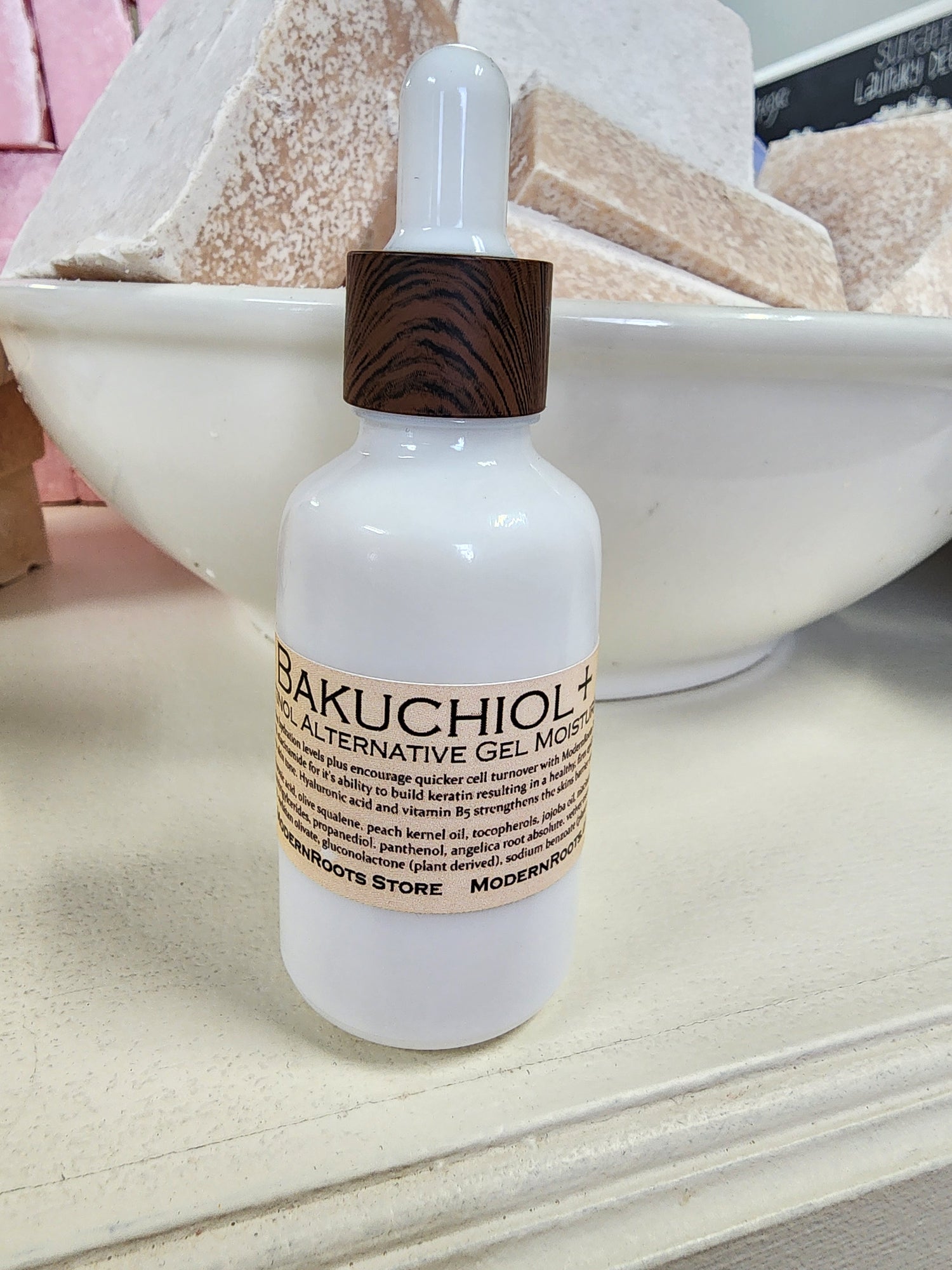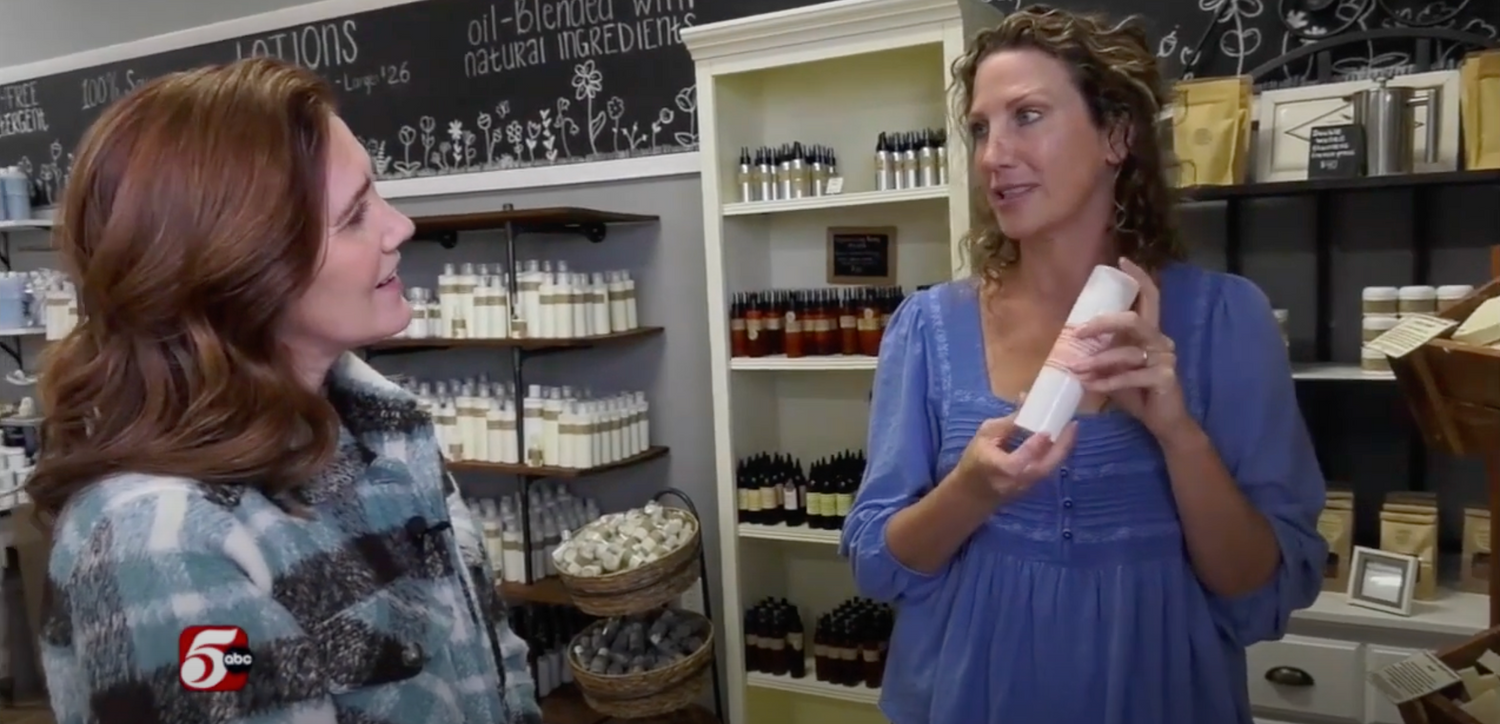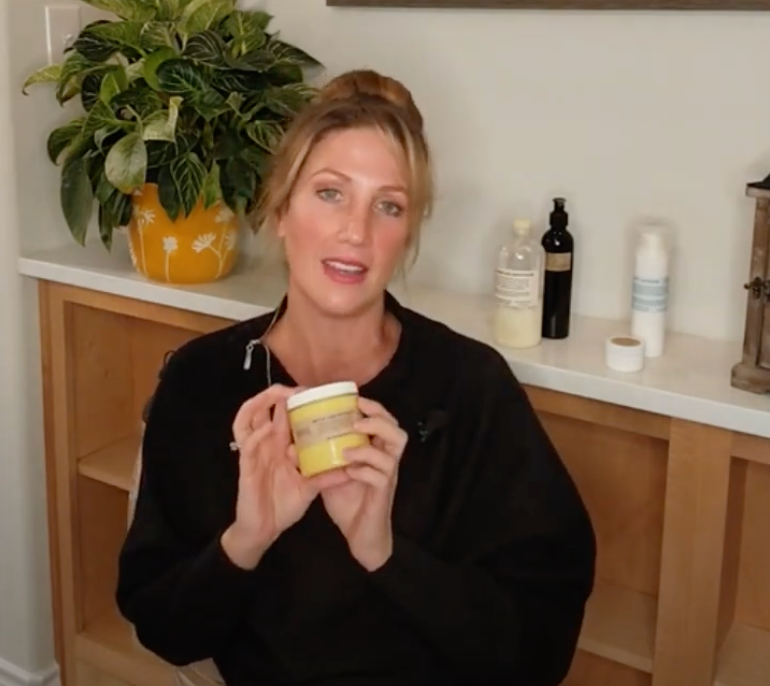Truth be told, I have not had much luck starting seeds indoors. It could be because whenever I got the idea to buy a "complete" mini greenhouse in a 24" X 36" planting tray,
I just poured water on the dirt disks, threw the seeds in them about 2" too deep, lost the tags that went with each seed (which never really mattered because only 1% of them made it to sunlight), and killed the seeds that finally germinated because I just put them straight outside in my planting pots I had not allowing them to 'harden off.' So, after spending time in botany prison researching correctly how to plant indoor seeds,
I feel that I am going to be wildly successful this time around. Besides, the only vegetable and flowers you can typically buy that are ready-to-plant plants are the run of the mill standard varities. Boring. After purchasing and receiving my seeds for 2013, I went through them all and categorized when I need to start each one. I wrote the date on each packet (according to the directions on the packet) when to start indoors by checking when my frost-free date is for my location and counting back however many weeks to sow indoors. After I completed that,
I wanted to be prepared for all my seedlings and a place to start them all. I started researching best methods for starting seeds indoors and came across the following site put out by the Univeristy of Minnesota's horticulture extension:
http://www.extension.umn.edu/distribution/horticulture/m1245.html
Great article about starting seeds indoors. In my set-up, I used this as my template to follow and will show you my step by step process that I took to make a complete indoor greenhouse ready for indoor planting.
Supplies
48" long shelving unit with 5 shelves $42
Small chain link $2.97
4 - 48" long fluorescent shop lights (for 2 T8 lightsbulbs 32 watt) meant to hang with chain $9.99 each
4 lightbulbs that fit the shop lights in DAYLIGHT $7.98 each (pack of 2)
4 lightbulbs that fit the shop light in COOL WHITE $7.98 each (pack of 2)
Needle nose pliers
8 standard black planting trays $1 each
8 Medium/small S hooks $1.99 pack of 8
Drill with drill bit (bit a little larger than the S hook to hang from)
Potting Mix $3.45 each
2 Spray bottles $1.99 each
Liquid or powder fertilizer $4.97
Segmented planting trays (6 spots) $.45
Plug-in 24 hour timer $6.97
Heating blanket or gardening heating mat $15 for heating mat - I had an unused heating blanket
Directions
1. Put together shelving unit. My husband put the shelves upside down so that the side with a lip would be where your planting trays sit.
2. On both ends of the shelving unit, each shelf needs a hole drilled in it for the S hook to go in to. Shelving units have holes thoughout the ends of them to hang things from, so in order to get the S hook in, find a hole in the center of each shelf end. Stick the S hook through it to make sure it fits and mark where the end of the S hook is and drill a hole there for the S hook to hang from. See pictures for clarification.
3. Take your lights out of boxes (some come with chains but in case they don't you'll have extra) and locate the pre-drilled holes on the ends to hang with chain. Attach chain to S hook. Leave 2-4" above black planting trays with segmented trays also or 4" pots inside. Remove the chainlink with the pliers and leave the link open. Put the open hooked end into the hanging holes on the light fixture and do so for the other side as well. The first light is now hung. Do the other 3 lights as the first.
4. Put 1 daylight lightbulb and 1 cool white lightbulb in all 4 light fixtures.
5. Plug all electrical cords for the lights into a multiple plug in. Plug the multiple plug-in into the timer and set the hours you want to have your lights on the seeds. Recommended 12-14 hours a day. I set mine from 7am-9pm the lights will be on. Nice to have the automatic timer so you can set it and forget it.
6. Fold the heating blanket a little larger than the base of the shelving unit. Put the blanket or heating mat under the base.
See pictures for clarification. Plug the blanket into the outlet above the outlet that is is being used for the timer. It is important to leave the heating source on constant even when the lights are out. If using a blanket, keep on the lowest setting and if you can't feel it, move the temp setting up from there. Not too warm just warm to the touch.
7. Put your potting soil, fertilizer, trays, and water bottles (be sure to label one that will have fertilizer in it) on top of shelving unit until ready for use.
8. Fertilize 1/4 ratio what you should for regular plants. Mix with water. Fertilize the seeds that need it
9. Be sure the seeds that benefit from bottom heat are closest to the bottom (ie tomatoes).
Try to group the plants that need fertilizer in the same area so when you spray them with the fertilizer water bottle you aren't getting it on others that are not supposed to have it. You can also hang clear plastic around the shelving unit if you want your temps to be higher inside but a minimum of 60 degrees F is sufficient for most indoors seedlings. And lastly, do not put your plants by the window! Night time temps are so cold in March/April that it can be hard on seedlings.
And there you go! Your inexpensive, re-usable, lighted indoor plant stand!





